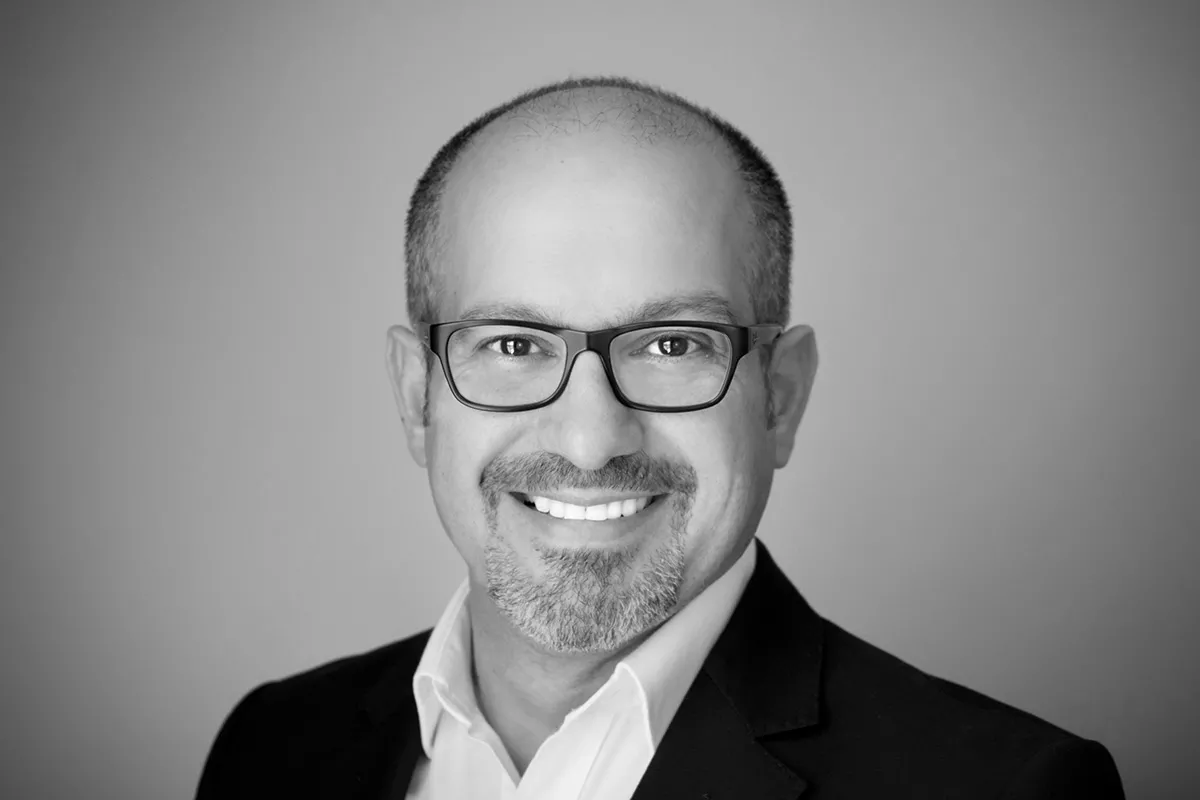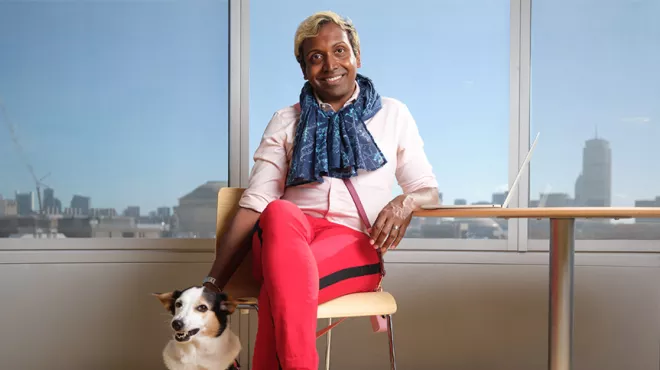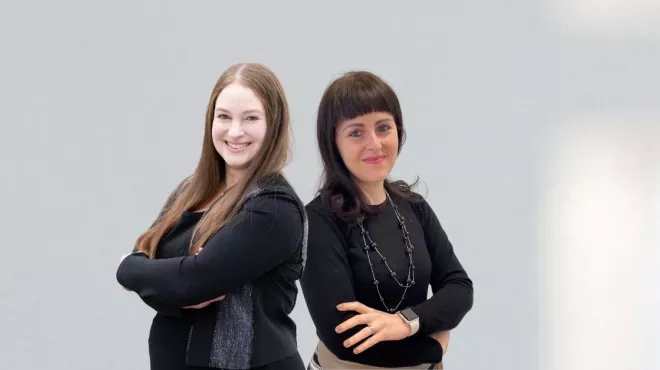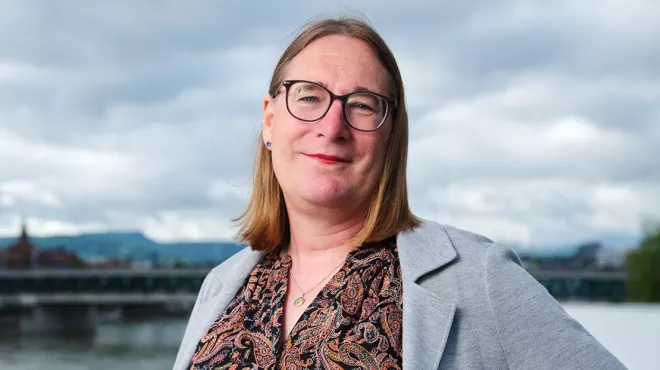What would you say if I told you that 1 + 1 = >2?
It may sound extraordinary, but it is an accurate reflection of the work I am currently doing in the field of drug discovery with my team of AI experts at Novartis. Working collaboratively with embedded data science teams, domain scientists, external partners, engineers and strategists, we are able to combine information from multiple sources and use it to generate predictions that are more valuable than the sum of their parts.
I consider it a true privilege to be in a position to lead talented individuals that contribute to such important and ground-breaking work. My team has produced state-of-the-art technology and architectures, some of which have been published at some of the world’s top AI venues, including NeurIPS and ICLR. The approaches we collaboratively built provide new ways to predict novel molecules and targets that have a high probability to modify a disease.
Our ultimate goal is to transform the entire drug discovery process from an AI-enabled to an AI-enhanced and, finally, to an AI-driven process, where the majority of the work will happen “in silico” (i.e., in computers). This will further empower our medicinal chemists and biologists to focus on elements that require genuine human ingenuity. This is an extremely exciting prospect.
A lifelong desire to understand our place in the cosmos
If you’re wondering how I ended up here, as the global head of a leading AI and computational sciences function, the answer is: insatiable curiosity. Since childhood, I’ve been trying to understand the world around me and, especially, our place in the cosmos.
Initially, my curiosity led me into the world of physics. I joined NASA at the Space Telescope Science Institute in Baltimore to investigate the most mysterious objects in our universe – black holes. It was while working at the institute that I first started implementing advanced applied mathematics, automation into my work, along with AI as it was perceived in the early 2000s.
Later, I proposed a novel method to probe globular clusters (i.e. conglomerations of stars that are presumed to have elusive black holes at their centers), using millisecond pulsars as atomic clocks. The method involved combining different sets of observations with theoretical simulations and then interpreting them through information theory, which can be considered a foundational discipline to AI. Using this approach, we were able to detect signs of a new class of black hole, known as intermediate-mass black holes, and our findings were published and highlighted in Nature magazine.

How my love of inter-disciplinary work led me to Novartis
One of the highlights of working in the Boston area as a scientist was the opportunity the world-class institutions gave me to interact with pioneers from different disciplines. It fueled a new kind of curiosity in me and, ultimately, prompted me to look at how I could apply my expertise in other collaborative environments outside academia.
There were several factors that drew me to the healthcare industry – and to Novartis in particular. One was having the potential to make a real-world impact on society. Another was addressing the needs of patients worldwide, something I care deeply about as a human being. I also saw it as a new way for me to explore our place in the universe, in parallel to the journeys I had already made in astro/physics. This was work I knew I would find meaning in.
Finally, there was the prospect of being able to innovate at speed, in contrast to the pace that actionable technology was being developed and deployed within academia, which I often found to be frustratingly slow.
Unlocking the power of collective impact with my team
I joined Novartis in November 2020 as the Executive Director of Causal & Predictive Analytics at the company’s AI Innovation Lab. It was an industry-first organization that combined the expertise of inter-disciplinary scientists and engineers. We later added computational scientists to our capabilities, growing to become a horizontal AI team that collaborates with every disease and functional area in the business.
My team today includes people from many different disciplinary backgrounds, including mathematics, engineering and, of course, astro/physics. Together, we run execution- and impact-focused AI research, solving specific problems where we know we can have the highest impact before scaling those solutions (with some customization) to other problems across multiple disease areas.
We develop and use cutting-edge technology, but what we do is fundamentally a human endeavor. I cannot stress that enough. AI only works when people from diverse disciplines come together and use their curiosity as a catalyst for problem-solving and progress.
At Novartis, I’m happy to say, we have a culture and operational set-up that is designed to harness the power of true collaboration. It’s this focus on collaboration that enables us to be AI innovators – and that makes the organization a truly rewarding and meaningful place to work.



